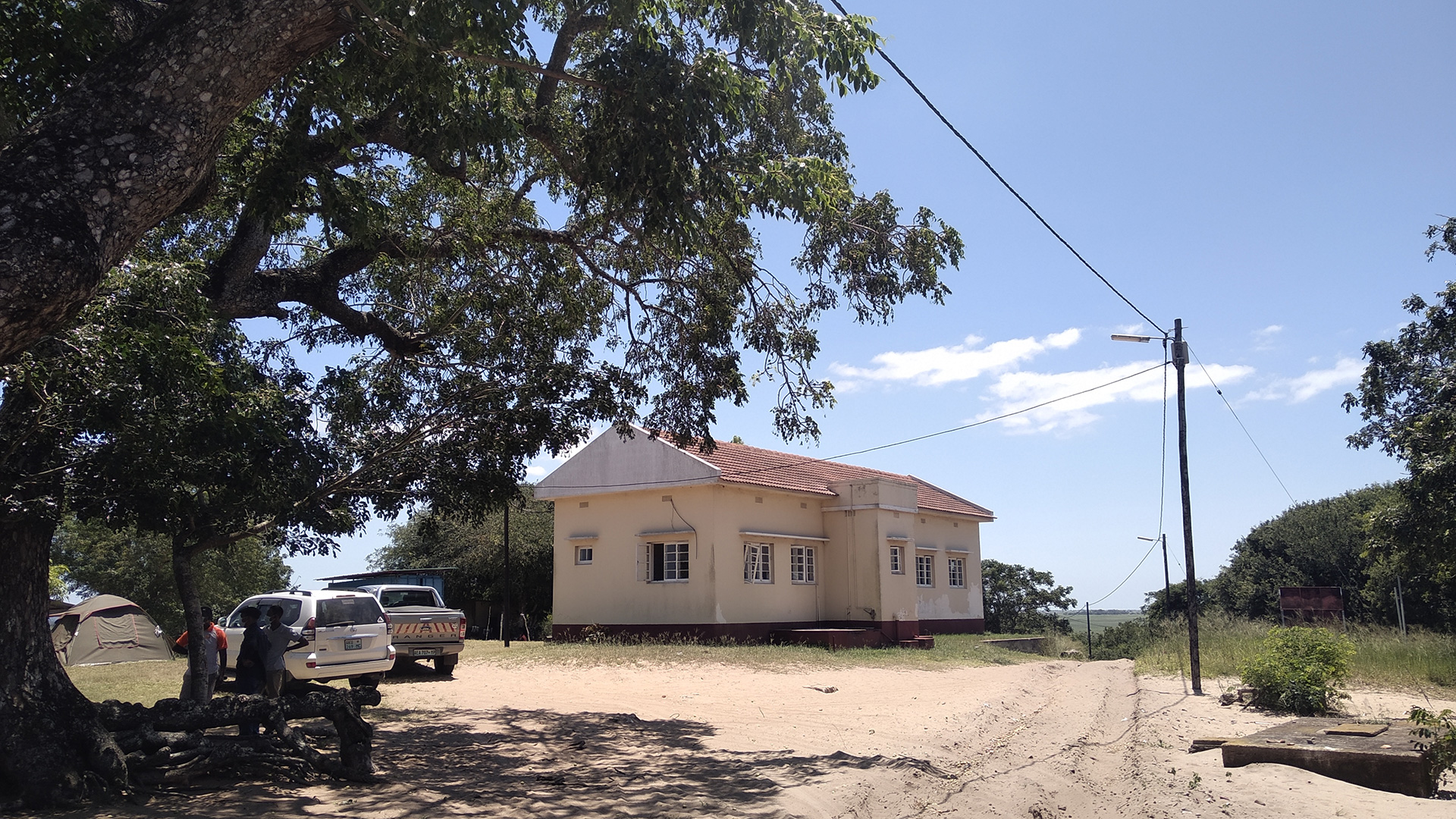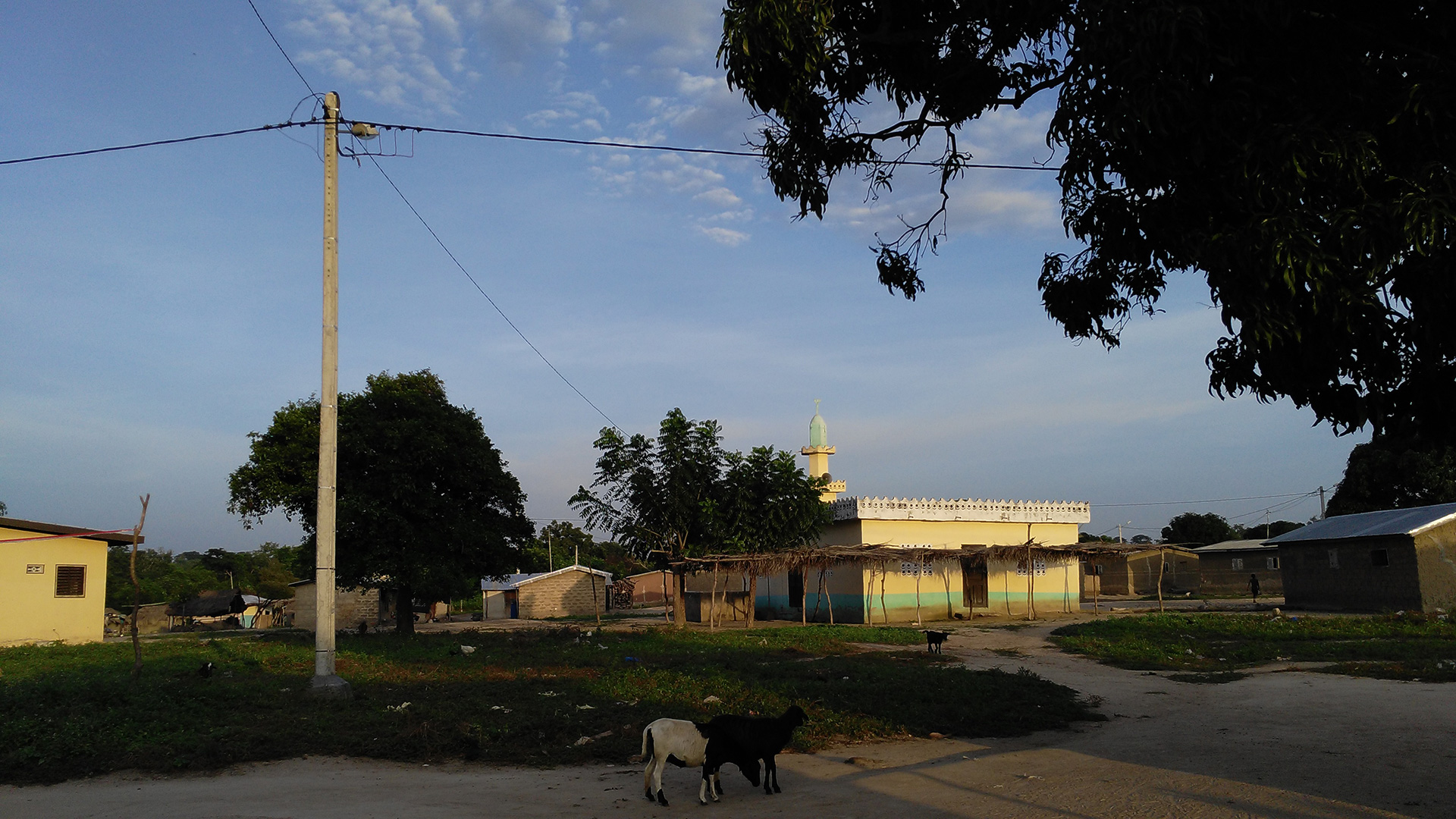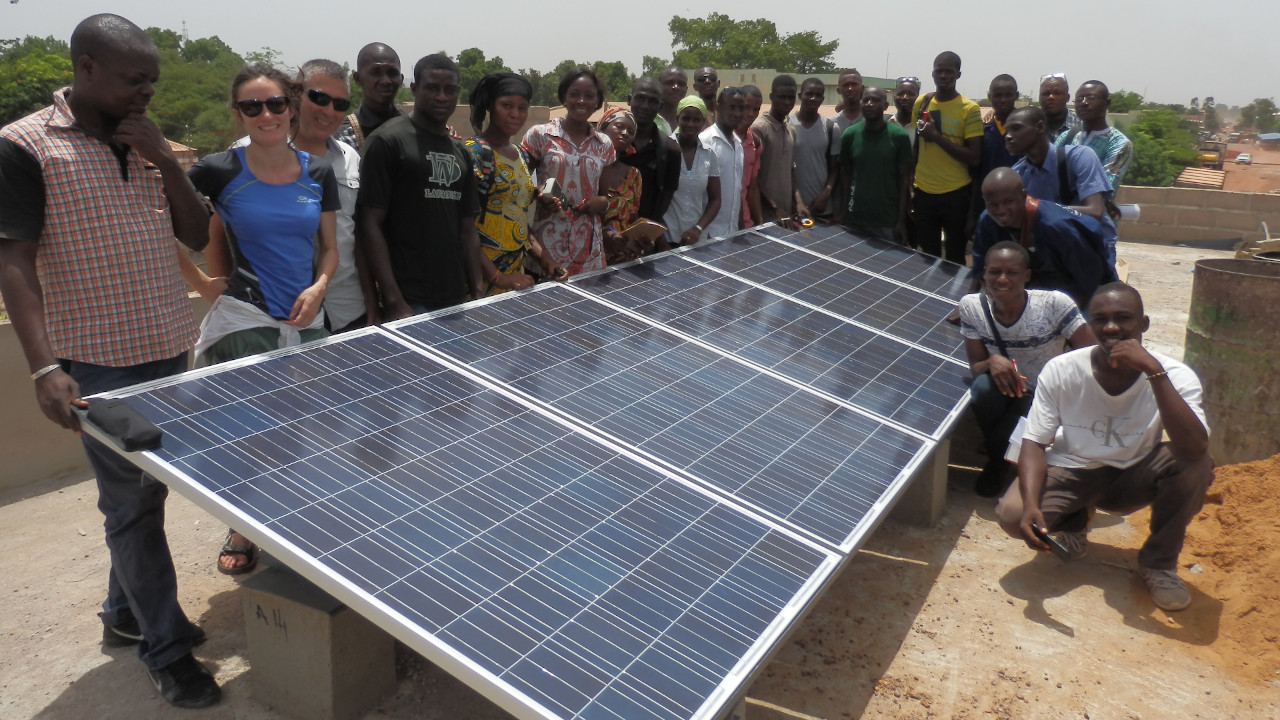We get the light to where you need it,
+ innovation + technology + saving + sustainability + guarantees
without outages and using renewable sources.
Self-consumption
Solar panels convert sunlight into direct current. The inverter converts it into alternating current which is what we can use in our company or business. The auto-consumption installation works in parallel, synchronized, automatically, with the diesel generator or the power grid.
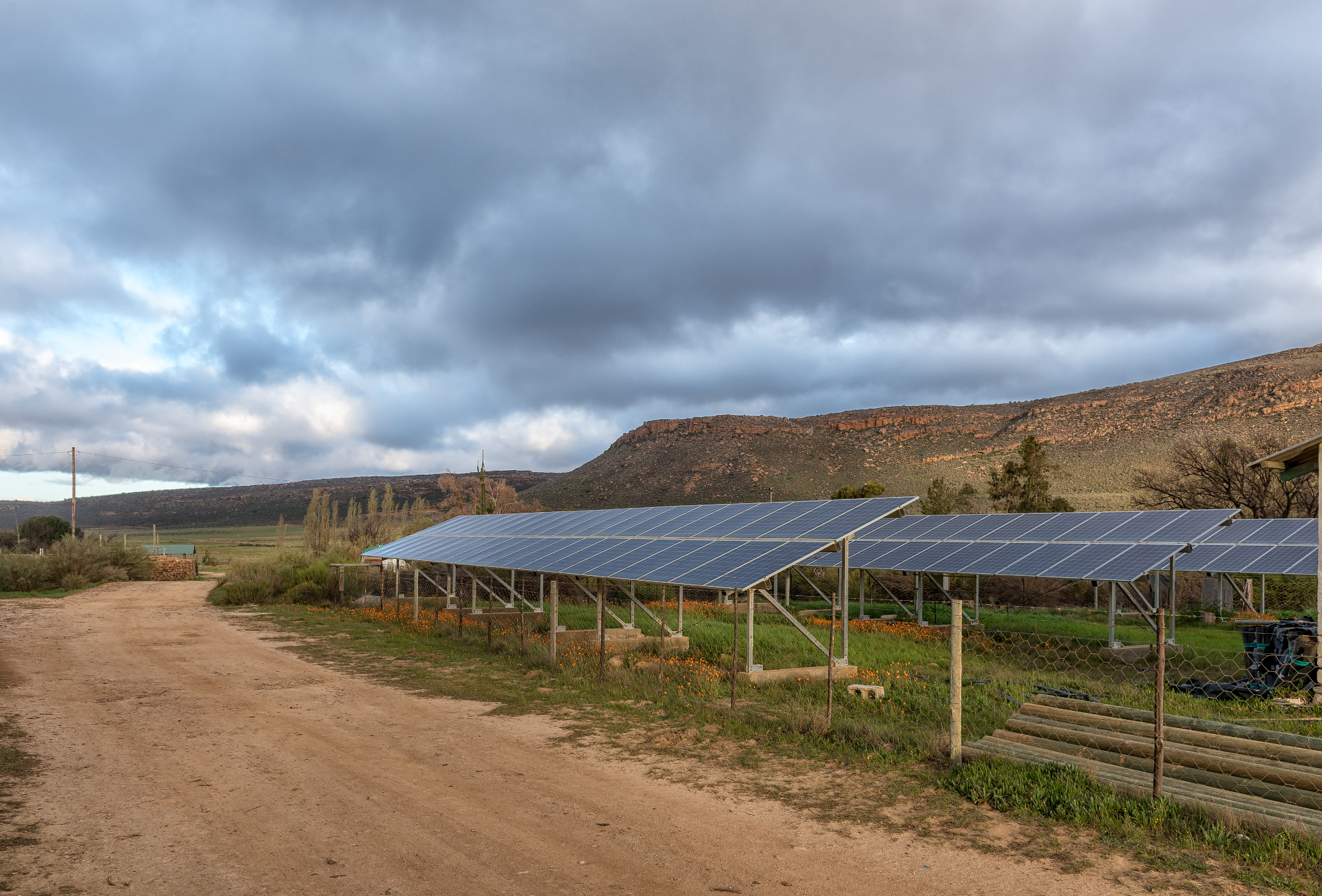

Isolated Photovoltaic Systems/Hybrid Photovoltaic Installations
An isolated system allows total disconnection from the general power grid, which increases autonomy and self-generation capacity.
A hybrid system combines at least two types of electricity generation technologies and allows us to:
- Make greater use of local resources
- Harness seasonal resources
- Increase system efficiency
- Increase system robustness
The benefits of each technology complement each other, and adaptability to different load profiles is greater.
Type:
Hybrid installations for heat generation:
- Solar thermal + biomass
- Solar thermal+ fossil fuel (LPG, diesel)
Hybrid facilities for electricity generation:
- Phv + mini wind (+diesel)
- Phv + pico-hydraulic (+diesel)
Photovoltaic systems and diesel generators combine in perfect harmony. In recent years, working with these two generation systems has become greatly beneficial technically, ecologically and above all economically.
In remote areas or regions where power supply is costly, networks combined with diesel generators are essential.
Although this fossil fuel involves great expense, incorporating photovoltaic systems reduces consumption and thus the fuel costs.
Back-up systems
Back-up systems can be established in areas with weak energy-supply security and in remote rural communities, agricultural areas or industrial areas. Generally, these systems can work in parallel with an existing power grid (“in network mode”), and in island mode (“off-grid-mode”).
Back-up systems act as self-sustaining small cells where demand and generation are balanced. The absence of long-distance distribution networks makes the supply of energy through these networks even more valuable, as distribution losses become minimal.
These facilities comprise:
– Solar park
– Inverter
– Battery bank
– Back-up (extra power resource)
These components enable us to provide and store the required electricity.
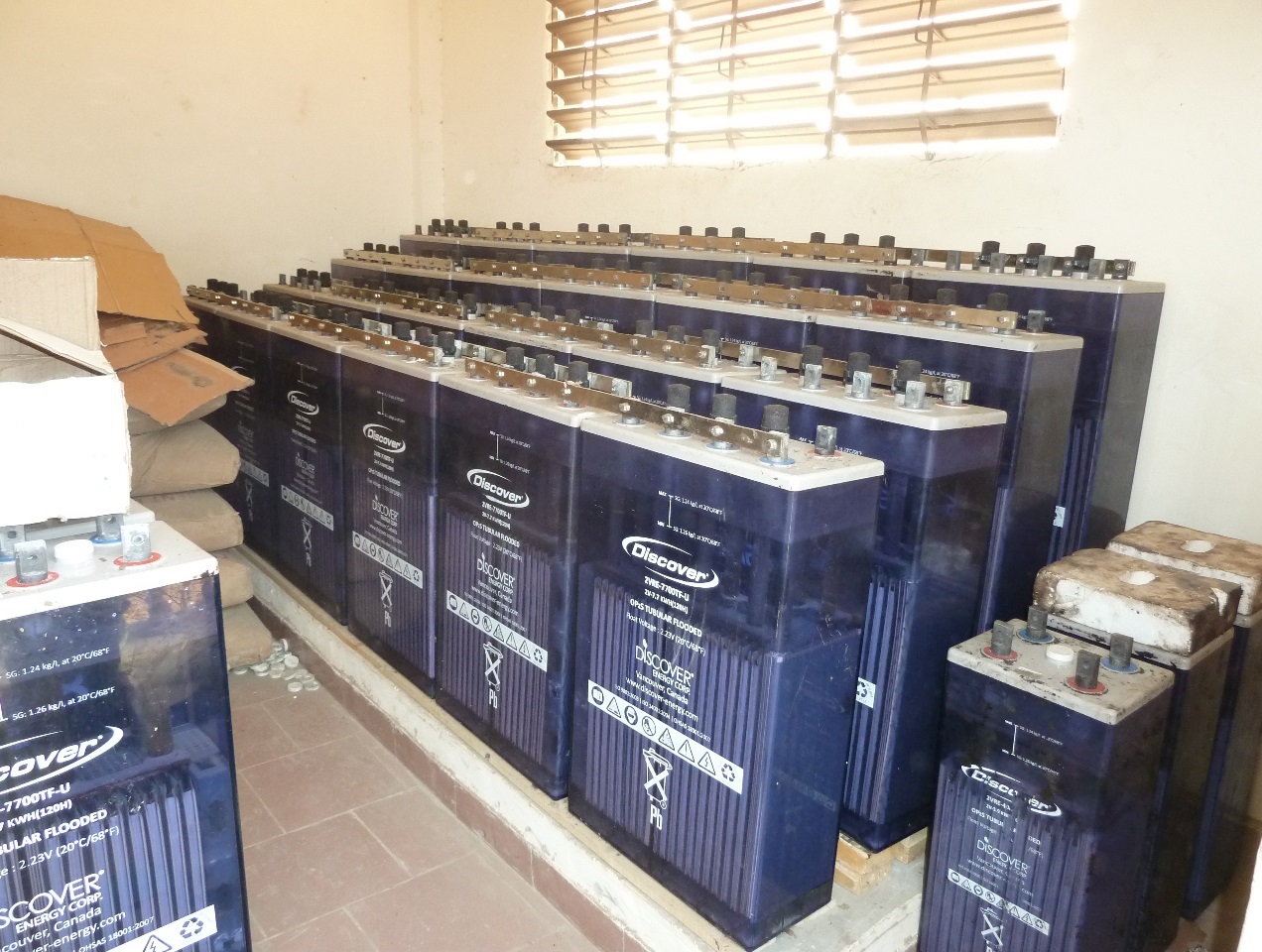

Solar pumping
The solar pumping system is a reliable water supply system recommended for water supply applications in remote locations, such as:
- Villages, colleges, hospitals or single-family homes
- Farms:
- Watering troughs
- Irrigation of fields and greenhouses
- Leisure parks and schools, farms
-
- Irrigation applications
- Natural parks
-
- surface water pumping
- Floating pump installations for pumping water on ponds and lakes
Grid-connected plants
We design medium- and large-scale solar energy installations on land with no impact on the surroundings and the environment, especially on the African continent.
These parks consist of many high-powered panels that can supply energy that can be sold, allowing the plant to become small electricity producer.
Africa is endowed with many natural resources, the most remarkable and ecological being the sun. The African continent is the sunniest on Earth and has enormous solar production potential.
Over 645 million people on this continent do not have access to electricity and rely on coal, wood, and other fossil fuels to meet their daily energy needs. This great dependence is seriously harming the global environment because of the large amount of CO2 emitted.
The situation will likely worsen over the years if the continent’s energy model is not changed.
Grid-connected solar plants may be one solution to facilitate access to sustainable electricity.
– Project design and management
– Support in funding research
– Technical assistance
– Low maintenance cost of the solar plant

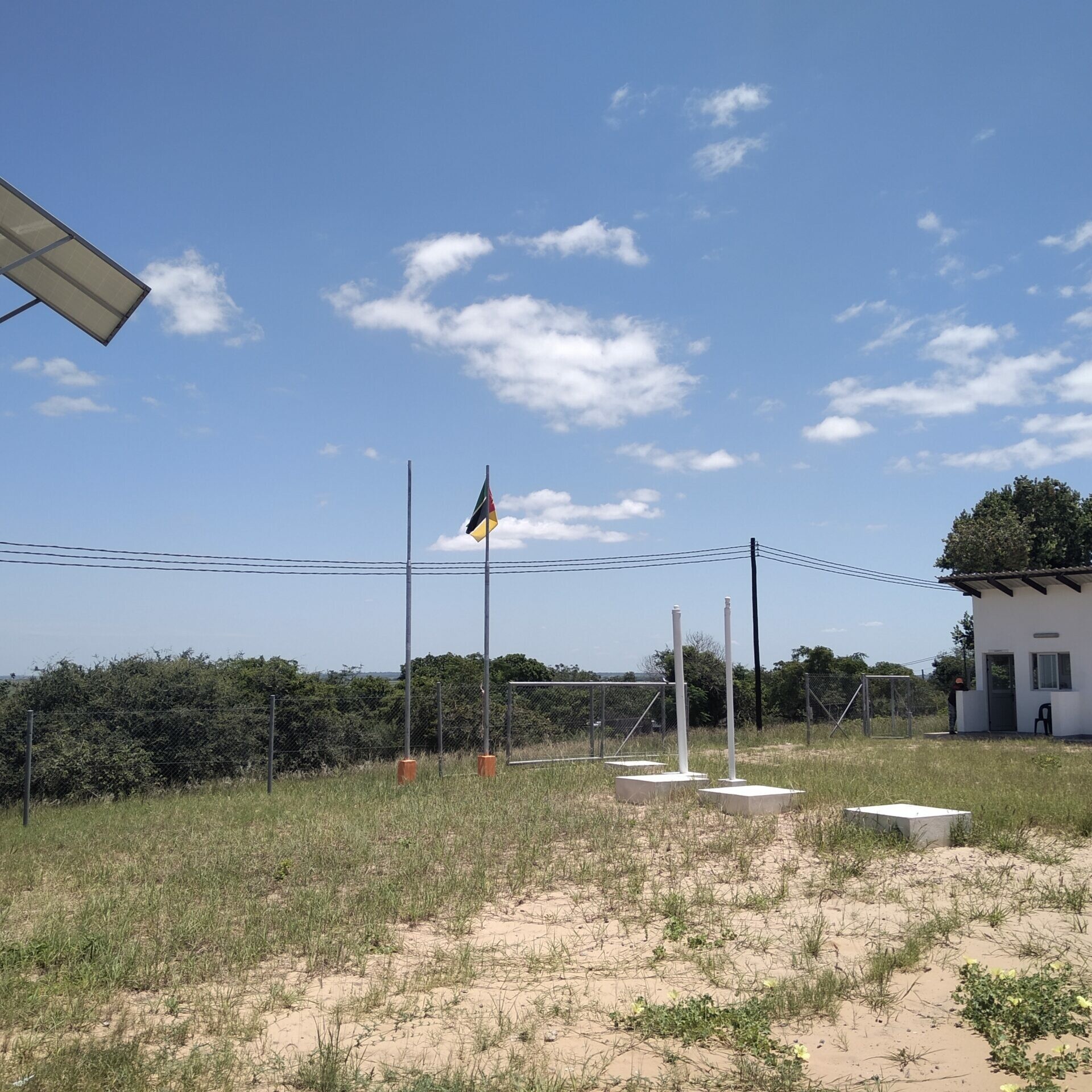
Micro-networks
Micro networks are proposed for installations in remote areas where there is no established transmission line infrastructure and connectivity to the general grid.
In recent years, mini grids have become one of the most efficient, reliable and economical solutions for improving rural electrification in communities in Africa and other parts of the world where there is no guaranteed access to electricity. Under optimal conditions, they can be a complementary alternative to the energy strategies of the states, improving the quality of life of their inhabitants and boosting the development of small businesses.
A standard hybrid mini network comprises these elements:
- Photovoltaic field
- Inverter
- Regulator/ Controller
- Battery bank
- Auxiliary generator
- Wind Generator ( if applicable)
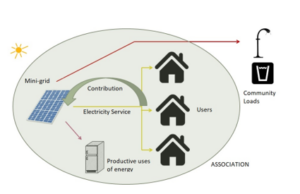
“Inside containers.” Photovoltaic solutions in industrial containers
Solar containers are a solution for locating the photovoltaic installation equipment, such as inverters or batteries.
Fitting this equipment inside an industrial container adapted for this purpose makes it easier to move them, as they become portable.
Because a container is portable, it can be placed in a new location where electricity may be required.
It is of great support in remote areas where there is no guaranteed access to energy and electricity needs to be channelled into various locations according to the needs of each small territory.

Projects
Photovoltaic plants in Mozambique
As part of the efforts of the Government of Mozambique to increase access to electricity in rural areas, FUNAE – Energy Fund intends to use photovoltaic plants to…
Rural community electrification with self-managed photovoltaic solar micro-grids in the Zanzan region, Côte d’Ivoire
The overall objective of the project is to provide a decentralised and sustainable basic electrification infrastructure to the inhabitants of the seven villages, so…
Photovoltaic electrification project of the laboratory of the PHC Valentín de Pablo Bamako, Mali
The project provided solution in the shape of container fitted with photovoltaic equipment at the Primary Health Centre Valentín de Pablo de Bamako to cope with the…
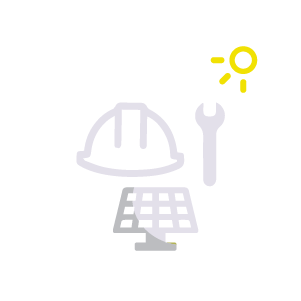 Installations / Execution
Installations / Execution